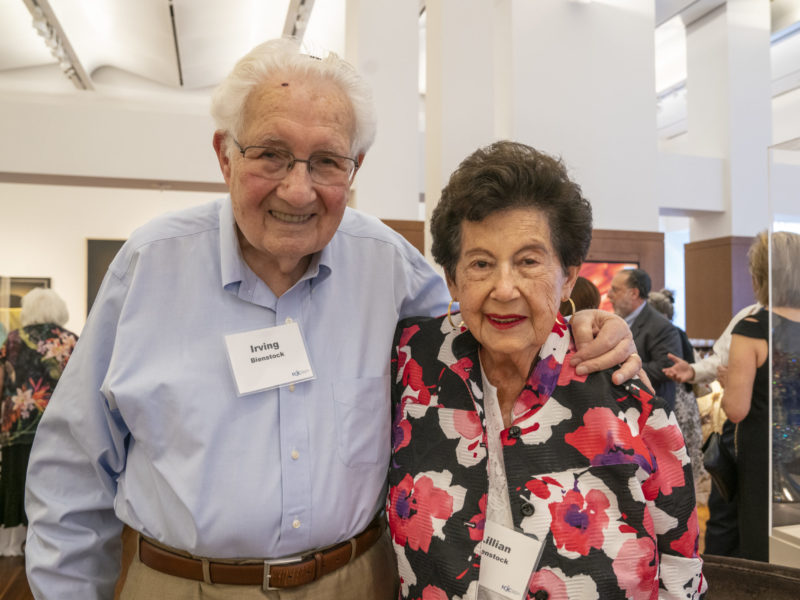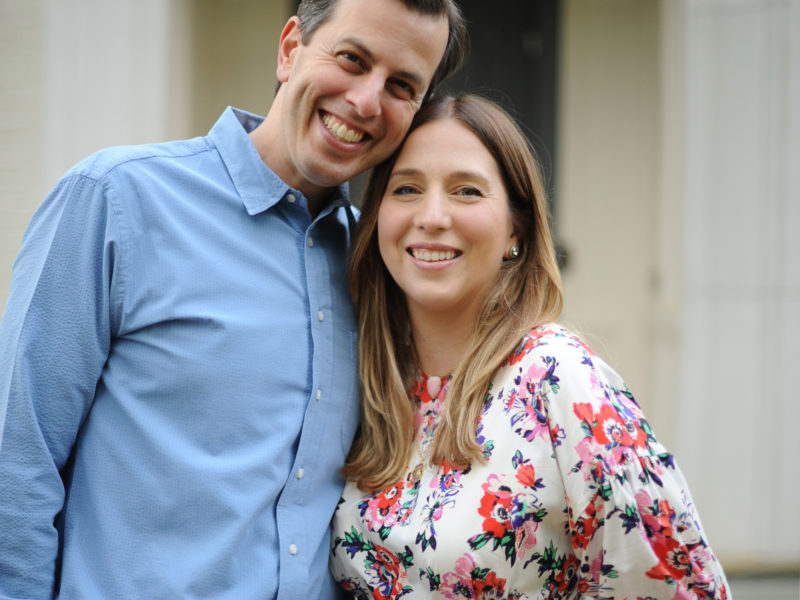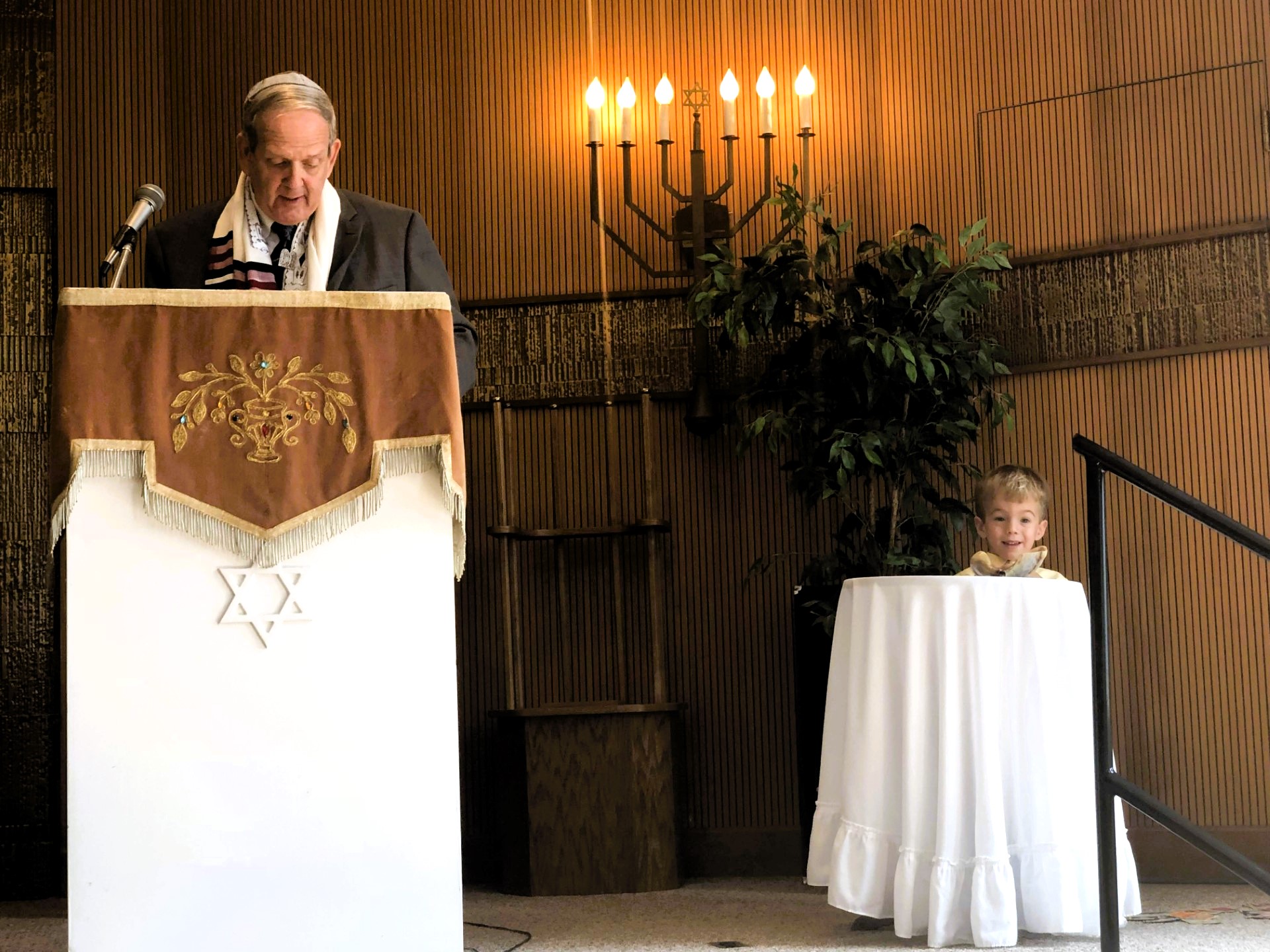
A Lasting Legacy: How a Small Town Synagogue Ensured Its Impact Lives On
Years before a 60-year-old Jewish temple in Whiteville closed its doors in 2020, congregants devised a plan to share their assets
When Jacob Steinberg – “Jackie” to everyone in his Whiteville, N.C., hometown – graduated from UNC Chapel Hill in 1975, he came home to join the family business his grandfather started.
Steinberg took on another role shortly after returning volunteering to serve as lay rabbi at Beth Israel, the small congregation (no more than 40 at its peak) he had grown up attending. No one asked him to take on the role; it happened organically.
“It was a way to give back to my Jewish community,” he said, “as well as to my hometown.”
This was no interim position. It’s one he kept for nearly 45 years while working full-time at J.S. Mann’s, the clothing retailer where his parents and uncle worked. Steinberg remained Beth Israel’s lay rabbi until the congregation dwindled to six members. Those six realized – after some gentle prodding – that disbanding, while painful, was their only choice.
Steinberg wasn’t alone in his efforts. Gary Kramer, whose family donated the land for Beth Israel’s building in 1959, also played a pivotal role. Together, with support from local families like the Manns, Leders and Moskows, they ensured the synagogue, despite its small size, thrived for decades.
“It took everyone’s efforts to keep it going,” Kramer said. “To survive, everyone had to participate. We knew we had to show up, or it wouldn’t work.” Eventually, though, Whiteville’s young people who left for college found better opportunities elsewhere. And businesses that had thrived for decades faced a new threat. Kramer put it succinctly: “The writing was on the wall.”
But they wouldn’t go gently. They did something extraordinary to ensure that Beth Israel, while no longer an active congregation with a physical structure, would never be forgotten. To do that, they enlisted the help of the Jewish Community Legacy Project and Foundation for the Charlotte Jewish Community, a supporting organization of Foundation For The Carolinas.
Beth Israel’s story exemplifies how thoughtful planning and collaboration with organizations like FCJC and FFTC can preserve legacies and create lasting community impact.
It Takes a Village
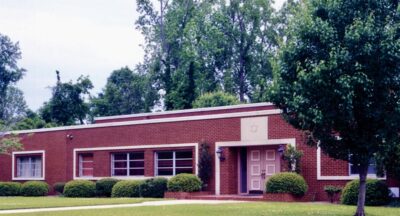
Beth Israel Temple in Whiteville, N.C., was built in 1959.
Steinberg wasn’t the sole spiritual leader of the congregation. Over the years there were many who led Beth Israel. Rabbi Ruben Kesner served the congregation from 1964 into the early 1980’s. He lived in Whiteville and traveled to serve many other congregations in the area eventually becoming the rabbi in Myrtle Beach, SC. Many in the congregation traveled to Wilmington with their children to receive weekly Hebrew lessons from Rabbi Waxman. The Manns, Steinbergs and other parents taught Sunday School. It was always a team effort.
In the early days, Steinberg imported a rabbi for the Jewish High Holidays of Rosh Hashanah and Yom Kippur, as well as other holidays and celebrations. “One rabbi came from New York,” he recalled. “We led together. But after one service, she said, ‘Jackie, you don’t need to bring in anyone from the outside. You can lead these services yourself.’”
Like many small towns in rural North Carolina, Whiteville saw its population drop over time, as younger generations moved out and on, seeking better opportunities in larger communities. As the synagogue faced dwindling membership, they sought help. Enter the Jewish Community Legacy Project (JCLP), which was established in 2010 by David I. Sarnat with support from the Marcus Foundation, founded by Bernie Marcus, Home Depot’s late CEO.
Beth Israel leaders contacted JCLP in 2010. “Together with FCJC, we helped them make a plan,” Sarnat said. “They were down to a handful of members but weren’t ready to do away with the synagogue yet. They wisely wanted a plan for when the time came.”
“There’s tremendous psychological stress over closing a synagogue,” Sarnat added. “People need time to mourn the loss. The congregation has to control its own destiny and prove to themselves they did everything possible to keep the doors open.”
The Changing Face of Small-Town Faith
What happened in Whiteville isn’t unusual. Across the country, congregations – of all denominations – are shrinking. The issue is especially pronounced in small towns such as Whiteville (population: about 5,000).
Some of the most prominent – and civic-minded – members of the community were Beth Israel’s 16 founding families, including the Leders, the Leinwands, the Manns, the Kramers, the Steinbergs, and the Moskows.
Whiteville’s Jewish families may have comprised a small percentage of their small town’s population, but they had a significant impact on their communities, said Kramer, a third-generation Beth Israel member. “Our families participated in government, civic clubs, school systems – everything,” he said. “They were good citizens; they took pride in their community and wanted to give back.”
Mann added, “Our families were always charitable. Giving back to the community was just a way of life for our parents.”
Those families founded the Beth Israel Synagogue, which was dedicated in 1959. It remained their spiritual home – and that of their children and grandchildren – for more than 60 years. The synagogues in Lumberton and Jacksonville closed, leaving Beth Israel the only synagogue in a 50-mile radius.
The writing’s on the wall
Over time, the viability of the congregation was something Kramer – whose 1964 bar mitzvah was the first one held in the new building – discussed with his father, acknowledging the hard truth.
“We were losing people,” Kramer said. “They were retiring, moving, passing away. My dad was very concerned – we all were – about what would happen to the synagogue. I promised him we would have a succession plan – that we wouldn’t just walk away.”
Kramer kept his promise.
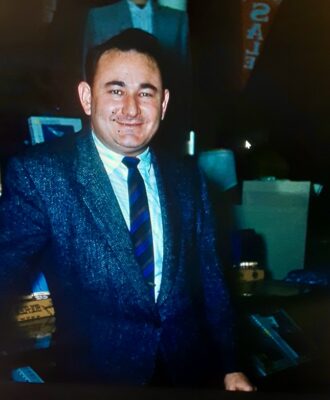
Gary Kramer’s father, Hyman Kramer, was a prominent member of one of the families that founded the Beth Israel Synagogue.
“When I brought it up to our congregation, there was some resistance,” he said. “It’s like a death; no one wants to talk about it. But after a couple of meetings, I think everyone was on board. If we were going to close, we wanted to do it in a respectful and honorable way.”
Closing a house of worship is emotionally fraught, and complicated. Phil Warshauer, executive director of the Foundation for the Charlotte Jewish Community, worked with Sarnat and the community leaders to develop an exit strategy that could be implemented at a time of the congregants’ choosing.
“Congregations usually have a building to deal with,” said Warshauer. “They may have a cemetery they have to care for. They may have one or more Torahs they want to preserve. What do they do with all those resources? They need a succession plan – a will for a community. They also have to determine the trigger or triggers for implementing the plan.”
Warshauer said that in the case of Beth Israel, it wasn’t a matter of money. They had the funds to continue. It was a matter of people.
“An essential and irreplaceable cornerstone of every congregation is their Torah,” said Warshauer. “Every Torah is handwritten, an incredible work of art and has a history all its own. When synagogues close, they seek other congregations in need of a Torah. That allows the Torah’s history, and the history of the Jewish people contained in its scroll, to live on through another congregation.”
Beth Israel found homes for their two Torahs at two North Carolina Orthodox congregations – Chabad of Wilmington and Chabad of Raleigh. The remaining congregants found new synagogues, too – in Wilmington. Fayetteville and Myrtle Beach.
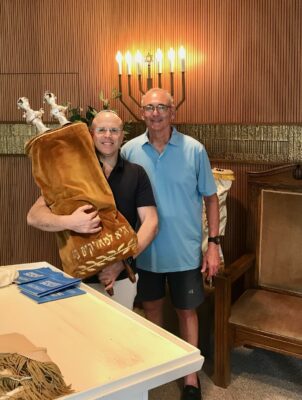
Gary Kramer presenting torah to Mitch Presnick, Chabad of Raleigh.
‘People made it special’
The building that housed the synagogue didn’t have historical significance, but the land it sat on – at the intersection of East Frink Street and Highway 701 Bypass – appreciated considerably over the years and was sold in 2023.
Kramer was philosophical about the sale. He never thought of Beth Israel as the building that housed worship services. “While it was emotional to sell the building,” he said, “it was the people who made it special – not the structure.”
A percentage of the proceeds were gifted to Southeastern Community College, Bladen County Community College, the North Carolina Holocaust Foundation and Temple Israel of Wilmington. The remaining proceeds went to FCJC to establish six endowments to do good works, supporting Jewish and non-Jewish nonprofits, in Beth Israel’s name. Perpetuating Beth Israel’s legacy and commitment to community is especially significant given the dramatic uptick in antisemitism in North Carolina, throughout the United States and the rest of the world.
Warshauer said Beth Israel’s story is universal: “This is a Jewish story, but it is illustrative of what community foundations do every day. It’s about how you want to be remembered while making the world a better place. It also speaks to how FFTC – the fifth-largest community foundation in the country – has a Jewish component to it, which is incredibly unique.”
Warshauer said he is often approached by folks seeking his advice, not necessarily knowing if or how FCJC can help.
“It’s our job to help clients identify problems they’re trying to solve and help them find charitable solutions, typically matching their passions to the needs of a community,” he said. “We begin with a conversation. At heart, we are problem solvers.”
Warshauer is currently in conversations with two other communities facing similar challenges to those faced by Beth Israel.
“The synagogue in Statesville was built in the 1800s,” he said. “The congregation is very concerned about preserving the building. They do not want it torn down. They would like to see it become a center for Jewish life, but there’s just not much Jewish life in Statesville anymore.”
Or in Whiteville.
But that doesn’t mean Beth Israel has been forgotten. With the aid of JCLP, FCJC, and FFTC, the temple’s remaining members ensured that their Jewish community will be remembered and distributions from their endowments will benefit future generations.
Learn more about the Foundation For The Charlotte Jewish Community and FCJC donor-advised funds. Also, learn about the Charlotte Jewish Legacy Project.


